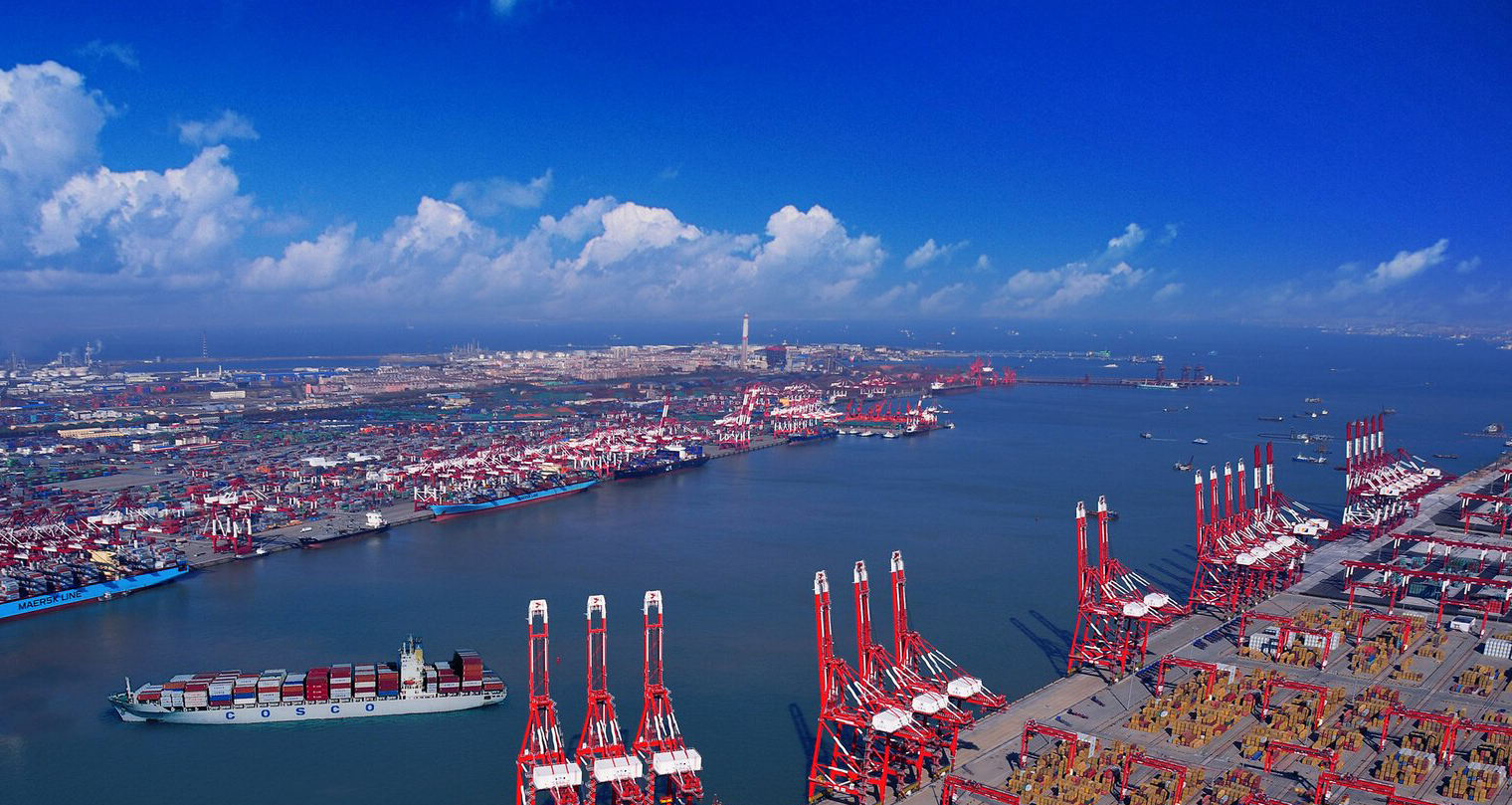Yangtze River belt to be engine of economy under ‘new normal’

The Yangtze River Economic Belt has provided a basis for the coordinated development of the regional economy and narrowed the gap among eastern, central and western regions.
While the international economy is still struggling to find its footing and the growth of the Chinese economy has slowed down, marking the start of the “new normal,” the construction of the Yangtze River Economic Belt promises to bring about the coordinated development of eastern, central and western regions.
Covering 11 provinces and municipalities with a total area of 2.05 million square kilometers and a combined population of more than 600 million people, the Yangtze River Economic Belt contributes more than 40 percent of China’s GDP. It has huge potential for economic growth, given its broad hinterland and space for development.
“The Yangtze River Economic Belt helps break administrative barriers and optimize industrial distribution to push forward industrial transfer and upgrading of innovation and transformation in the provinces and cities along the Yangtze River,” said Wang Yeqiang, a research fellow from the Institute for Urban and Environmental Studies at the Chinese Academy of Social Sciences. The Yangtze River Economic Belt is becoming a new link for cooperation among economic regions at all levels. It has provided a basis for the coordinated development of the regional economy and narrowed the gap among eastern, central and western regions, Wang said.
“The strategic adjustment of shifting from the ‘golden coast’ to the ‘golden waterway’ reflects the unique advantages of the Yangtze River Economic Belt,” said Xu Changle, a professor from the School of Urban and Regional Studies at East China Normal University.
Traversing the nation’s industrial core, the Yangtze River is an important industrial, urban and business corridor. The development of the Yangtze River Economic Belt taps into the enormous potential of domestic demand contained in the vast hinterland of the middle and upper reaches to foster new economic demand, Xu said.
The Plan for the Three-dimensional Integrated Transport Corridor of the Yangtze River Economic Belt (2014-2020), issued by the State Council of the People’s Republic of China in 2014, proposed building an integrated transport system at a high level based on the golden waterways of the Yangtze River to advance the coordinated development of the upper, middle and lower reaches. Scholars pointed out that the construction of the three-dimensional transport corridor is an important guarantee for the development of the Yangtze River Economic Belt.
“Improved conditions of water transport are beneficial to the construction of the whole three-dimensional transport system. Full play should be given to waterways in transportation,” said Xu. It is predicted that by 2020, the length of railways in service along the Yangtze River Economic Belt will increase from 29,600 kilometers in 2013 to 40,000 kilometers. The length of highways will increase from 1.89 million kilometers to 2 million kilometers, and the length of oil and gas pipelines, from 44,000 kilometers to 70,000 kilometers.
Using water transportation as a starting point, a three-dimensional integrated transportation corridor with networks extending in all directions will be established through the construction of other modes of transportation, such as high-speed railways and highways, said Peng Zhimin, a research fellow from the Yangtze River Basin Economic Institute at Hubei Academy of Social Sciences.
Many scholars agreed that harmony and unity between ecological and economic benefits should be achieved in the construction of the Yangtze River Economic Belt.
In Xu’s view, the development of the Yangtze River Economic Belt is not only an issue of economics. The needs of people should also be balanced against the carrying capacity of the natural environment. He stressed that a common ecological protection and repair mechanism within the Yangtze River valley must be established to realize harmonious interaction between ecological capacity and economic development.
“Currently, a system and mechanism of innovation management should be established. The ecological cooperative mechanism must be explored through collaborative innovation to achieve the integration of Yangtze River Economic Belt ecological protection,” said Wang, adding that the legal system of ecological compensation should be improved to realize the institutionalization and legalization of ecological compensation.
Peng asserted that the principle of scientific, moderate, orderly and green development should be followed when constructing the Yangtze River Economic Belt. The country should offer the upper and middle reaches proper ecological transfer payment and compensation. Meanwhile, a high-level coordination mechanism should be established to exchange information on a larger scale and avoid cutthroat competition inside the valley.
Zhang Fan is a reporter at the Chinese Social Sciences Today.
